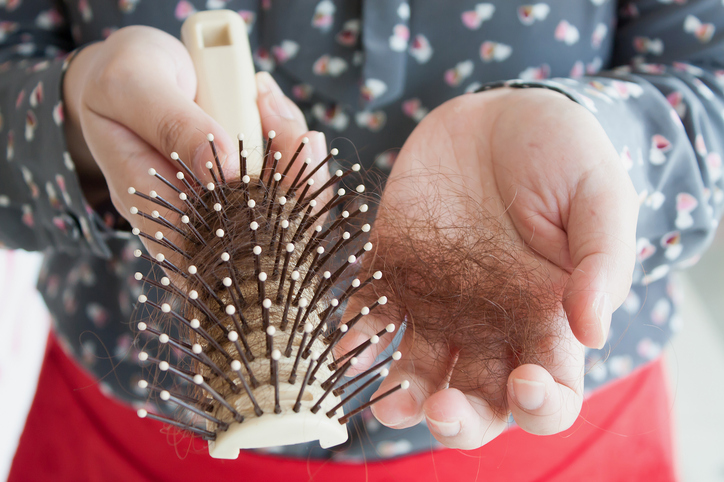Female Hair Loss and Transplantation

Female Hair Loss and Transplantation
If there is sufficient donor hair on the back of the head, women can be transplanted one to three times in the area of thinning to recover decent density. Sometimes the thinning goes over the sides and back of the head so that there is insufficient donor hair to do all of it. Generally, in these cases, if one starts at the hairline and transplants back to the apex (or highest point of the head), a drastic improvement in appearance will be had by adding several thousand hairs to the top of the head. It is not necessary or possible to transplant the entire thinning area in many women.
We have been seeing ever more females with hair loss in the office. Usually this is a typical female-pattern hair loss, although occasionally there is a scarring alopecia or alopecia areata. For the right candidate, the FUE method can be best.

Females with female-pattern hair loss, in about 50-70% of cases, have sufficient donor hair to transplant the top of their hairline, rebuild the hairline, and obtain a good result. For many years, we have done this by doing two procedures about 3-6 months apart. There is usually a temporary loss of the miniaturized fine hair in the thinning and balding areas on ladies, so rather than go through that twice, it is better to put the procedures closer together. We use a little bit less density in terms of grafts per square centimeter in ladies who still have a reasonable amount of hair in their balding area. This will reduce the hair shock after the first procedure.
as a standalone treatment are very successful in some women. Also of note, there are some women who have a diffuse thinning of their donor area, as well as all the rest of their head, plus a slight female pattern. These people are said to have diffuse pattern alopecia and, while the cause is unknown, they are not good candidates for hair transplantation because of the thinning in the donor area. Thus an experienced physician needs to examine the donor area to determine whether or not they are suitable candidates. Recent evidence suggests growth factors, optimizing hormonal balance, certain medications, and LaserCap may help immensely. Most importantly for women, is getting an accurate diagnosis and prompt treatment by a hair restoration physician and surgeon.
Get In Touch With Us
Los Angeles
8920 Wilshire Blvd, Suite 603 Beverly Hills, CA 90211
Contact Us
Call - (310) 734 7481
(949) 432-5067
TEXT - (949) 378-1400